Monkey Palace is an enjoyable, relatively quick Lego board game – once you get past the rules. The idea is to build, as the name implies, a monkey palace of sorts using arches and supporting bricks to go higher and higher. Up to four players must try to literally one-up each other in order to plot the highest path with the largest point total. At an estimated 45 minutes for each individual game, it’s a good way to test your ability to think analytically as well as your friendships.
Depending on how high you go, where you started, and how many arches you used, you’re assigned a point value that can be redeemed for cards. These cards determine how many blocks you get immediately as well as your recurring bank of blocks – but more importantly, they also have a banana point value. At the end of a Monkey Palace session, it’s all about how many banana points you have; as in so many of the best board games, nothing else matters but your score.
If that sounds a bit complicated, well, yes. It does sound complicated, and trust me when I say reading the rulebook isn’t going to help you consider Monkey Palace anything but fiddly. There’s really no getting around it, however, and once you have wrapped your head around the rules, it can be a genuinely great time.
Features & design
| Price | $39.99 / £42.99 |
| Ages | 10+ |
| Game type | Construction |
| Players | 2 – 4 |
| Lasts | 45mins |
| Complexity | Moderate |
| Designers | David Gordon, TAM |
| Publisher | Dotted Games |
| Play if you enjoy | Lego, building games, monkeys |
- A resource management game
- Build as high as you can
- Starts simple, gets much more complex
Helpfully, because it’s a board game built with Lego, the vast majority of the game’s pieces are just… Lego bricks of some flavor or another. (If you’re a fan of the best Lego sets, you’ll feel right at home.) Mostly this is arches, columns, or single bricks with some additional decorative plants as well as a monkey, toad, and butterfly. And, of course, the base grid itself – which is covered with one of three different possible sheets to produce different kinds of maps.
Beyond the Lego bricks and the three maps, there are four different player trackers in addition to a whole mess of different cards. While the vast majority of the cards are indicative of how many Lego bricks a player should grab on a given round, some are simply meant to tally points with the game’s rules being fairly clear on when that actually triggers.
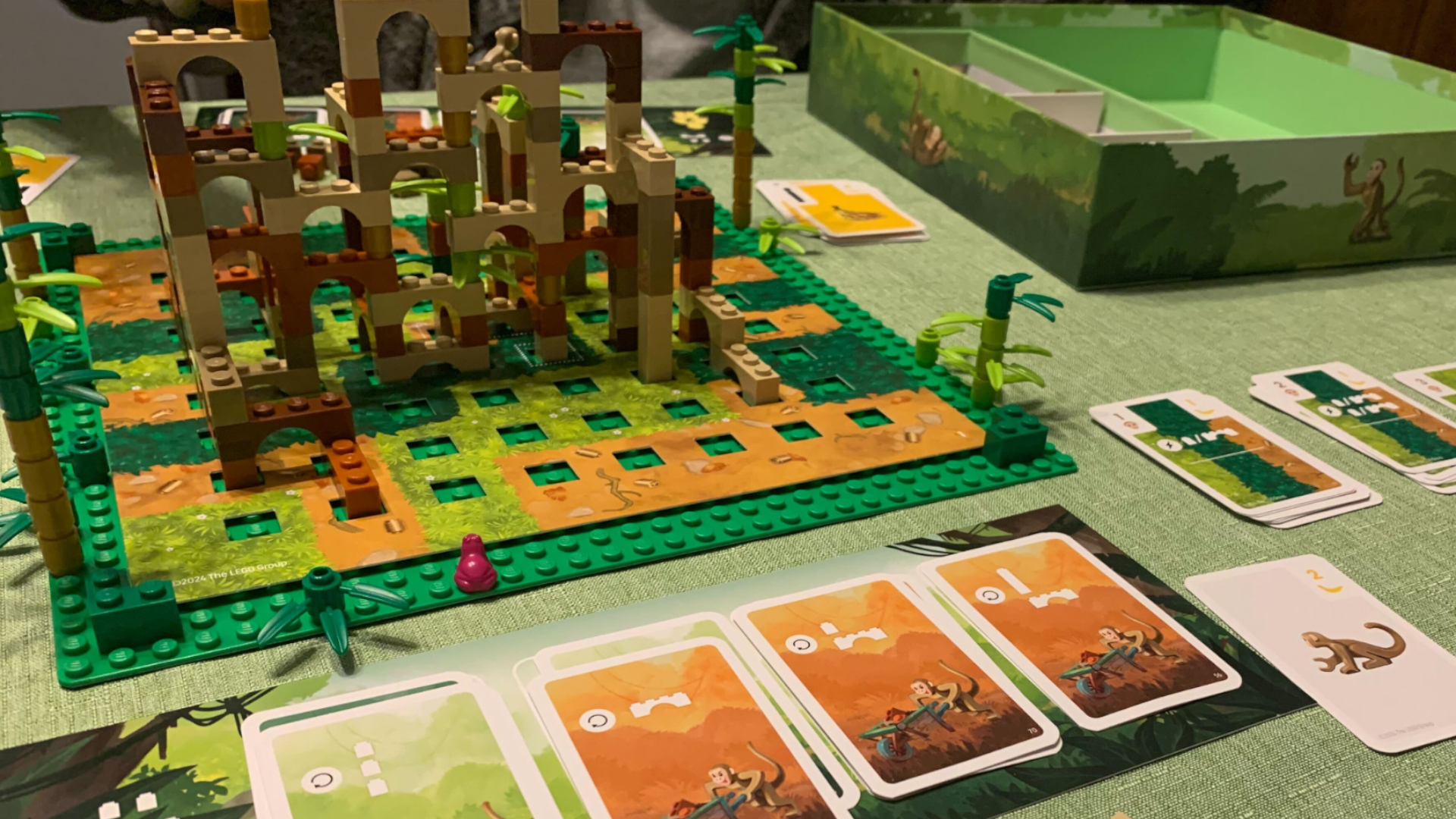
As for the rulebook, there is helpfully a QR code on the box itself as well as on the first page of the rules that will likely be far more helpful than the written instructions. But for those folks that aren’t able to spend time watching a video, there’s honestly nothing better for understanding than playing a couple of times after getting at least a rudimentary concept of what you’re supposed to do.
Gameplay
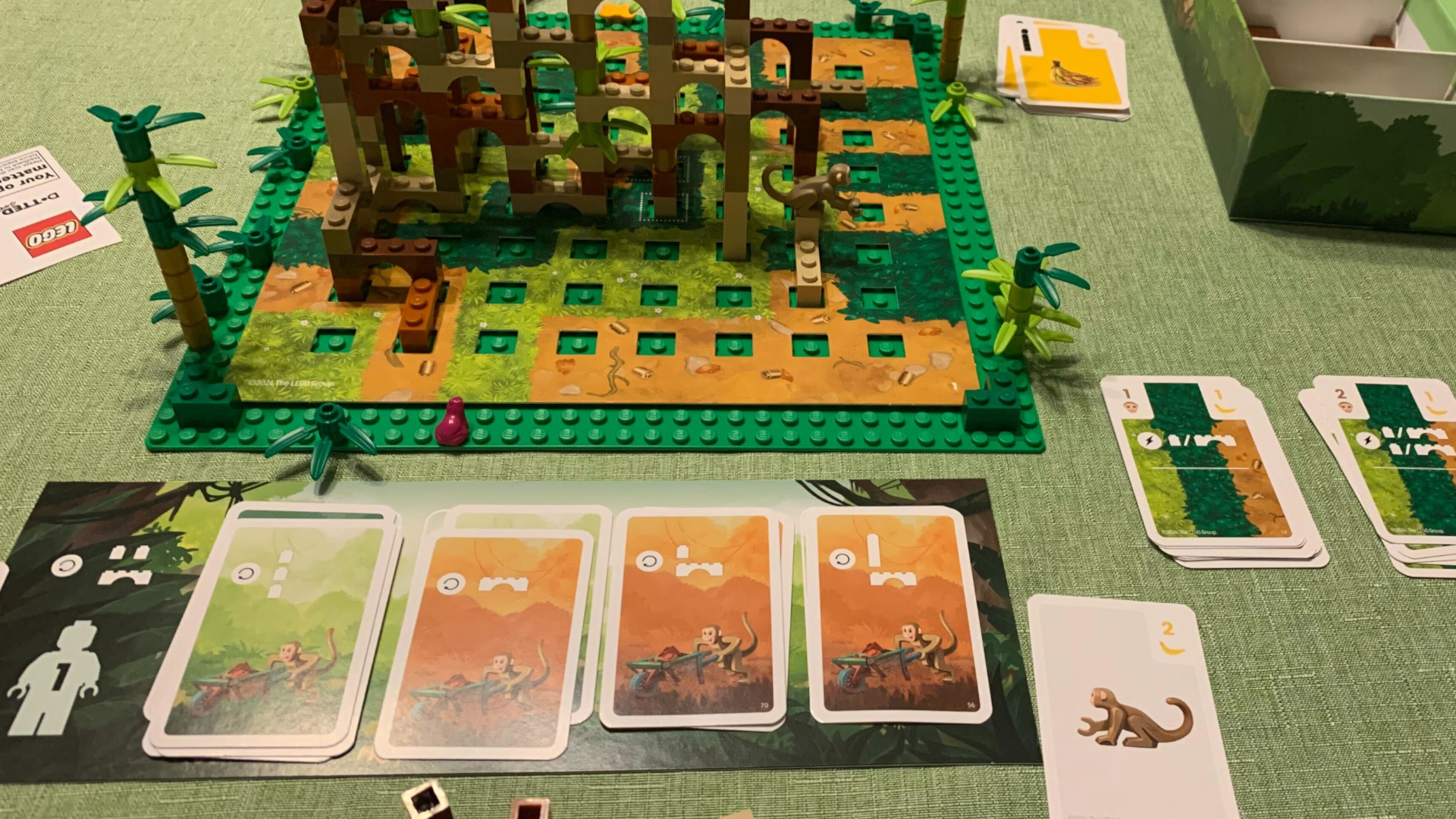
- Manage resources over several turns
- Multiple starting points for a variety of outcomes
- Earn banana points by building as high as you can
The game itself plays just fine and in a relatively intuitive way once you’ve actually figured it out, but if you’re only using the rulebook, there might be a bit of confusion when you get started. More than once, for example, I found myself trying to puzzle out exactly what might count for points when the rules mentioned only five bricks high or more without arches but including decoration would count toward a specific objective.
The fact that Monkey Palace uses Lego bricks as such an integral part of it is both a blessing and a curse. The vast majority of people that play Monkey Palace are absolutely going to be familiar with the iconic building toy, making it rather simple to understand the fact that the main point of the game is to build up bigger and better than your rivals (making it a great board game for kids). But trying to apply a fluid framework to something that many adults might associate with explicit instructions is its own challenge, and it took multiple turns before I really began to understand all the possibilities at my fingertips that weren’t simply “put this Lego brick on top of this Lego brick” over and over again.
Building a collection
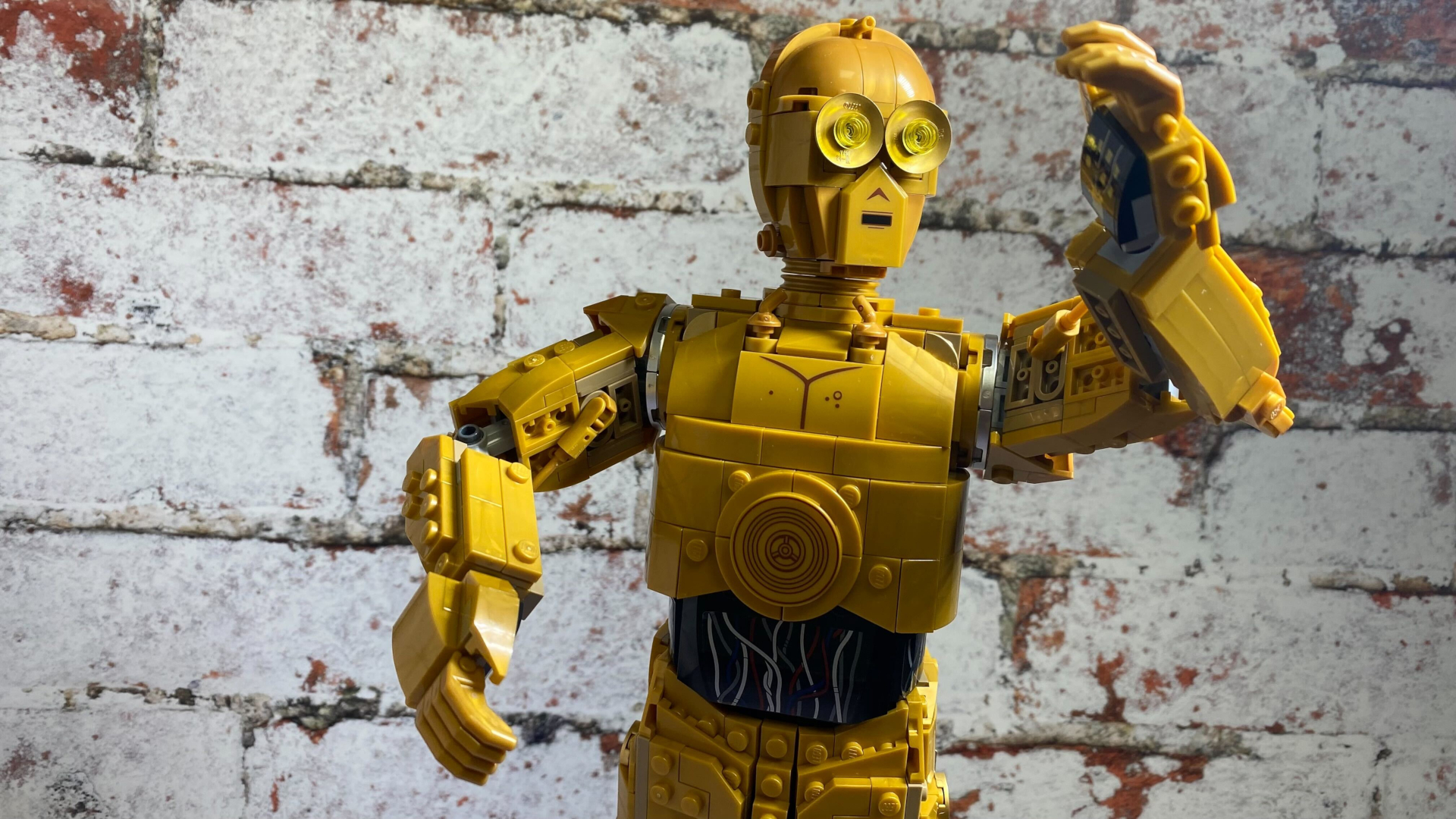
Want to get busy with some actual Lego kits? Check out the best Lego Star Wars sets, or build your collection for more with the best Lego deals this month.
While Monkey Palace can technically be played with just two players, I’d recommend getting as close to the full roster as possible. Because games end when you run out of pieces to grab when refilling, more players means shorter games overall. It also typically means that it’s not just you and one other person backstabbing each other on every turn – there are instead multiple folks to sink the figurative knife into.
Adding more players to the mix also increases the impact of all of your decisions. Every single Lego brick you add to the growing monkey palace complicates the next player’s decisions that much more. If, for example, you’re able to play the little monkey on an arch end because you began in a spot that ended in a golden brick at the highest level yet, that path being blocked for multiple other players is much more significant. If it’s just you and one other person trading back and forth, as my first game was, it’s just as likely that you’ll curse yourself with your previous decisions as you are to give your opponent a headache.
In other words? This isn’t going to rank amongst the best 2-player board games anytime soon… but it’s a blast with a larger head-count.
Should you buy Monkey Palace?
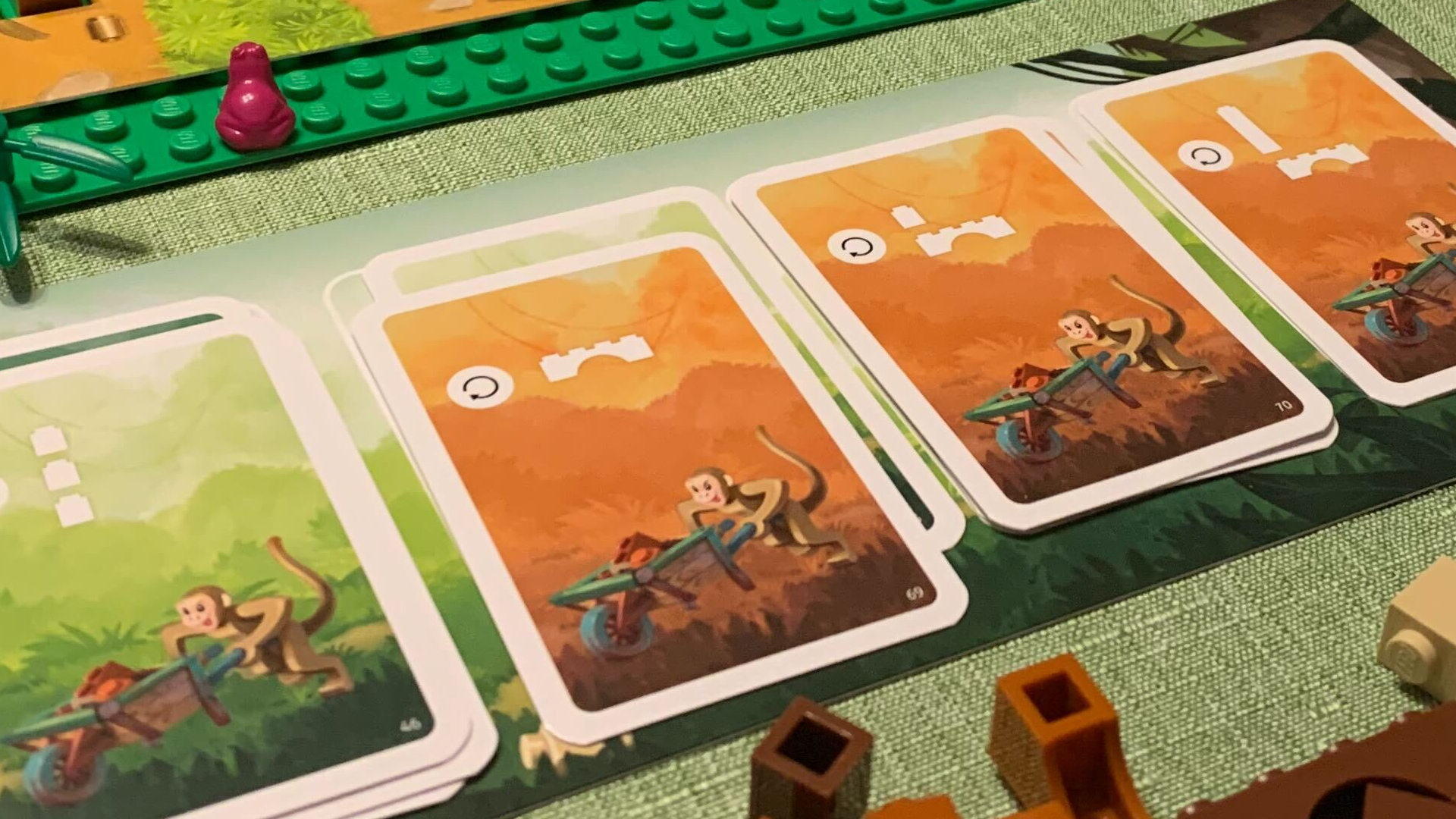
If you’re really into Lego or want a relatively fast-paced game with familiar pieces, Monkey Palace is an easy recommendation. I’m quite picky about what games remain in rotation on my board game shelf, and Monkey Palace has settled into its own spot thanks in large part to the physicality of building wild structures.
| Category | Notes | Score |
|---|---|---|
| Game mechanics | This is a fast-paced and surprisingly astute game that encourages you to think analytically. | 4/5 |
| Accessibility | The rulebook won’t help you grasp what could already be a confusing concept. | 2/5 |
| Replayability | There are multiple starting points and potential opportunities branching off them, so you won’t get bored soon. | 4/5 |
| Setup and pack-down | By virtue of its many, many Lego pieces, this can be a pain to pack away and store. | 3/5 |
| Component quality | Unsurprisingly for a game with Lego in it, Monkey Palace’s pieces are of a high quality. | 4/5 |
Buy it if…
Don’t buy it if…
How we tested Monkey Palace
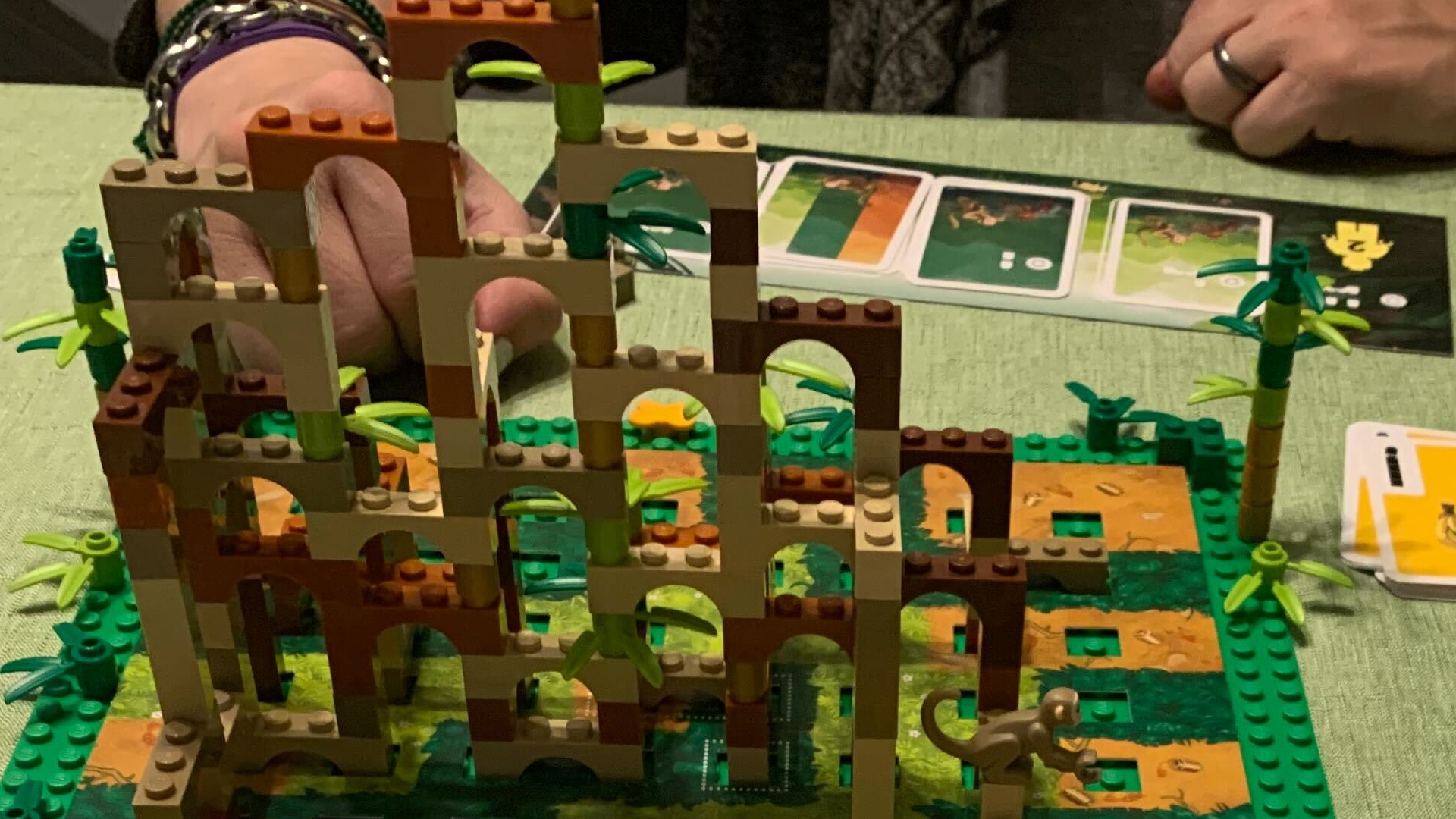
This review was conducted using a sample provided by the publisher.
We played Monkey Palace several times with the different maps and optional rules. To find out more, see our guide to how we test board games. You might also read our wider GamesRadar+ reviews policy.
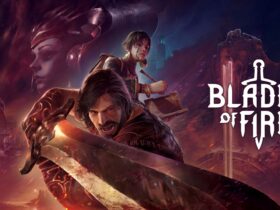









Leave a Reply